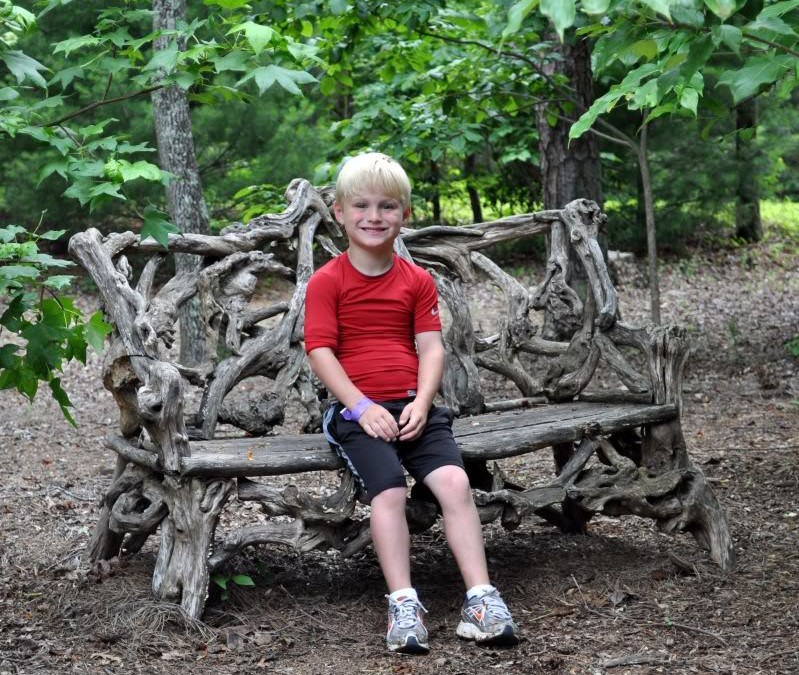The news of twins was surreal. My husband and I were overjoyed but that joy was short lived.
Our doctor detected an abnormality on a ultrasound when I was only 10 weeks along. Not sure what it was, she had me come back the next week for a better look. I was quickly referred to a fetal specialist who gave us a diagnosis of TTTS and referred us to Dr. Ruben Quintero.
Our official diagnosis: TTTS with and an Acardiac Twin
“What is an acardiac twin or twin reversed arterial perfusion (TRAP) syndrome?”
An usual form of TTTS occurs in about 1 in 15,000 pregnancies. In these monochorionic twins, one twin develops normally while the other twin fails to develop a heart as well as other body structures. The abnormal twin is called an acardiac twin. In these pregnancies, the umbilical cord from the acardiac twin branches directly from the umbilical cord of the normal twin. Blood flow to the acardiac twin comes from the normal twin which is also known as a pump twin. This blood flow is reversed from the normal direction leading to the name for this condition – twin reversed arterial perfusion syndrome; TRAP. In some cases the blood flow from the pump twin to the acardiac twin stops on its own and the acardiac twin stops growing. In other cases, the flow continues and the acardiac twin continues to increase in size. This eventually leads to heart failure and polyhydramnios in the pump twin. Without treatment, more than 50% of cases of TRAP will result in the death of the pump twin.
Thankfully, the diagnosis of was made very early on in my pregnancy. At 24 weeks we flew to Tampa, FL to see Dr. Ruben Quintero for an umbilical cord occlusion. At that point, the pump twin was almost 30% smaller than the acardiac twin. Of course, we were given all of the statistics of what could go wrong, and all of the problems that the pump twin(Sebastian) could be born with. I don’t remember a lot of the details of the pregnancy and that kind of makes me sad. I think that because we were so scared of what could happen that I emotionally detached.
I do remember every detail of the umbilical cord occlusion procedure. I remember how comforting it felt to talk to Dr. Quintero and his staff after weeks of talking to people who had no clue what to do or say. During the procedure there was a medical team from Australia watching via satellite and so I was able to watch on a t.v. monitor exactly what was happening. It was amazing. I got to see my babies on camera inside the womb. The procedure was a sucess.
My doctor at home continued to monitor me with weekly ultrasounds. At 29 weeks I had a rupture in the membrane which caused the amniotic fluid to leak. I was put in the hospital on strict bedrest for almost 2 weeks. At 31 weeks I developed an infection in the amniotic fluid and delivered via c-section. I choose not to see the acardiac twin, and Sebastian, the pump twin arrived weighing 4lbs 8oz. He only spent 1 week in the NICU. He was amazingly perfect! Strong, healthy, and beautiful. Nothing like what I expected. He brings so much joy to our lives.
My son Sebastian was born 7yrs ago, December 17, 2003. He had a few cognitive delays and we had a therapist come to the house once a week for a couple months. By his second birthday he had caught up and is now now a happy, healthy, loving, smart little boy!
We are so thankful to Dr. Quintero and his staff and to all of the sites like this one that educate people about TTTS.

